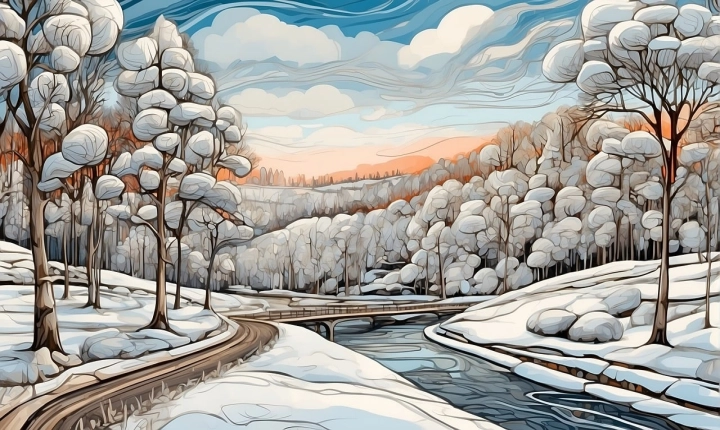Title: How to Make an AI That Creates Art
Artificial intelligence (AI) has been evolving rapidly, and its applications are branching into various fields, including arts and creativity. From generating music to producing visual art, AI is being utilized to create innovative and thought-provoking pieces. If you’re interested in exploring the intersection of technology and art, here’s a guide on how to create an AI that makes art.
Understanding the Basics
Before diving into the specifics of creating an AI for art, it’s essential to have a basic understanding of AI and its various techniques. AI encompasses a range of approaches, including machine learning, deep learning, and neural networks. For art creation, the focus is often on using generative models, which are trained to produce new, original content based on existing data.
Choose the Type of Art
The first step in creating an AI that makes art is to determine the type of art you want to generate. This could include visual art, such as paintings and drawings, or even music and literary compositions. Each type of art will require different approaches and data sets for training the AI.
Collect Data Sets
Once you’ve decided on the type of art you want to generate, the next step is to gather a comprehensive data set. For visual art, this could involve compiling a collection of paintings, drawings, and photographs. For music generation, you would need a library of musical compositions. Larger and more diverse data sets will generally result in better quality output from the AI.
Choose a Framework and Model
After collecting the data sets, you’ll need to select a suitable framework and model for training the AI. Popular choices for generative art models include Variational Autoencoders (VAEs), Generative Adversarial Networks (GANs), and Recurrent Neural Networks (RNNs). Each model has its strengths and weaknesses, so it’s important to select one that aligns with your specific goals for art creation.
Preprocess and Train the Model
Preprocessing the data and training the model are crucial steps in creating an AI for art. Preprocessing involves cleaning and formatting the data, while training the model requires setting up parameters, loss functions, and optimization algorithms. This step often requires significant computational resources, so be prepared for potentially lengthy training times, especially for complex models.
Evaluate and Refine
Once the model is trained, it’s important to evaluate the output and refine the AI’s capabilities. This could involve analyzing the generated art pieces for quality, uniqueness, and creativity. Additionally, the AI model may need further training or fine-tuning to enhance its artistic capabilities.
Ethical Considerations
As with any AI development, it’s important to consider the ethical implications of creating an AI for art. This includes issues related to copyright, ownership of generated art, and the potential impact on human artists. Engaging in open and transparent discussions about the ethical considerations of AI-generated art is essential for responsible development in this field.
The Future of AI Art
Creating an AI that generates art is an exciting and rapidly evolving area of research and development. As AI technologies continue to advance, the potential for AI-generated art to inspire and challenge our perceptions of creativity and originality is boundless. By understanding the basics, choosing the right framework, and training the model effectively, you can join the growing community of creators exploring the frontier of AI art.
In conclusion, building an AI that creates art involves a multidisciplinary approach, combining technical expertise with an appreciation for aesthetic and creative expression. With the right tools, data, and ethical considerations, you can embark on a journey to harness the power of AI for artistic exploration and innovation.
